|
How does someone know how aerobically fit they actually are? How do you determine if your aerobic program is helping to improve your fitness? Does having a better aerobic fitness level improve your health? Follow along to find out these answers! Being aerobically ‘fit’ or as ‘fit’ as someone can be is a widely accepted goal that everyone should be working towards and is something that is expressed by general practitioners regularly. Being aerobically fit is not just for people who play sports, enjoy running or cycling. People who are more physically active throughout their day or have a more active job also have a higher aerobic fitness. We know this because we can measure aerobic fitness or aerobic capacity and find out the Vo2 max of someone. What is Vo2 max Vo2 max refers to the amount of oxygen one can bring in, transport and use during a single minute of maximal exertion. Knowing this helps to determine how one's heart, lungs, blood vessels and muscle cells work together. Oxygen is used by the body even at rest, but add in movement and the body starts to use more and more oxygen with increasing intensity. Oxygen is needed at rest because it is used in the production of energy the body needs to survive. When exercising or movement beyond resting the body needs more energy and therefore more oxygen, as the intensity of exercise increases the amount of energy production increases and, you guessed it, the amount of oxygen needed increases. Vo2 max is a way of measuring the body's ability to use oxygen and is measured while exercising when the oxygen demand is the highest, at high intensity. Vo2 Max is referred to as the measure of aerobic capacity or cardio-respiratory fitness. Why is a good Vo2 max important? It has been widely researched that cardio-respiratory is linked with health and particular cardiovascular disease. In fact, low cardio-respiratory fitness is associated with 2-5x greater risk of cardiovascular disease or all-cause mortality, independent of other cardiovascular disease risk factors. That to me is a very motivating factor behind keeping fit. What is a good Vo2 max? Vo2 max is expressed as either an absolute number or a relative number. The absolute number does not take into account a person's size and while the relative number does. It is hard to compare absolute Vo2 max as everyone is different and everyone weighs differently. Most of the time Vo2 max will be expressed as a relative value which is in ml/kg/min. This means relative Vo2 max will give you the amount of oxygen, in milliliters, you can bring in and utilise per kg of body weight per minute. The following guidelines are taken from the American College of Sports Medicine. These guidelines help compare and understand where someone's aerobic capacity may be as compared to the age and gender. How to measure it The most accurate measurement for Vo2 max is completed in a laboratory where gas analysis is available. To measure Vo2 max using gas analysis, a graded exercise test (GXT) is completed. During the test a subject will ride on a bike or walk/run on a treadmill at increasing intensity, the intensity will increase every 2-3 minutes. Gas analysis is used to accurately measure the amount of oxygen inhaled vs the amount of oxygen and carbon dioxide exhaled while completing the test. The test is completed when maximal oxygen uptake is achieved. Here in the clinic we don't have gas analysis so, to find out someone's aerobic capacity (Vo2 max) we use a treadmill/bike test where a subject will walk/run/ride while increasing the intensity every 1-3 minutes. During the test we monitor heart rate, rate of perceived exertion and the given workload. The test can be completed to a maximal effort or to a sub maximal effort depending on the subject. From the data we receive we can accurately measure Vo2 max using data driven equations from the American College of Sports Medicine. From this method we can then individualise our aerobic programs to suit exactly the level of the subject which then helps to directly improve their health. If you have any questions pop up throughout this blog please don't hesitate to ask. Izaac Boylan Accredited Exercise Physiologist
0 Comments
Your comment will be posted after it is approved.
Leave a Reply. |
AuthorSLisa Parkinson Archives
July 2024
Categories
All
|

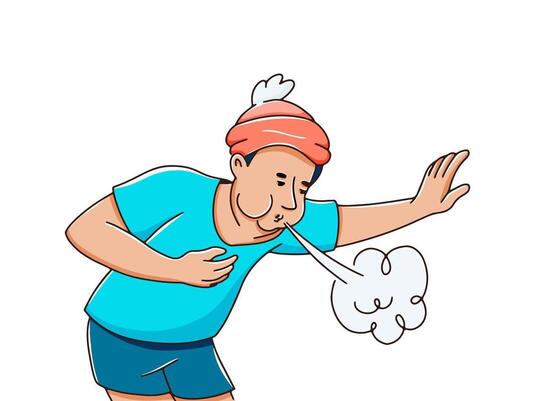
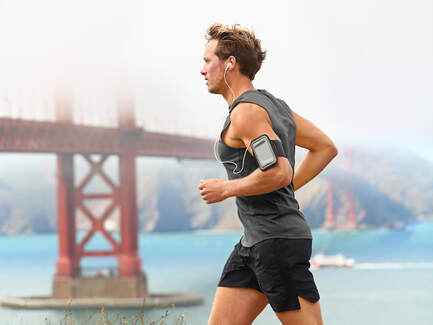
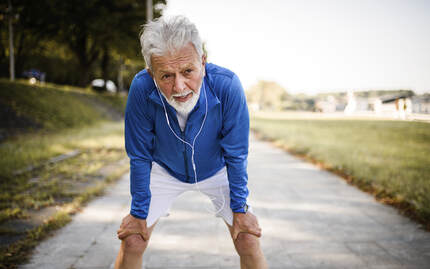
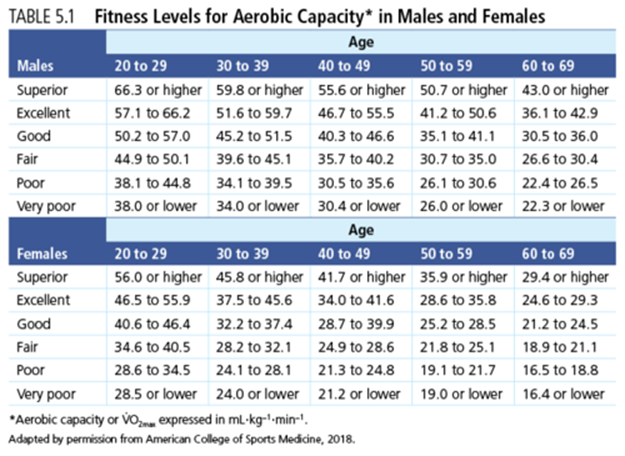
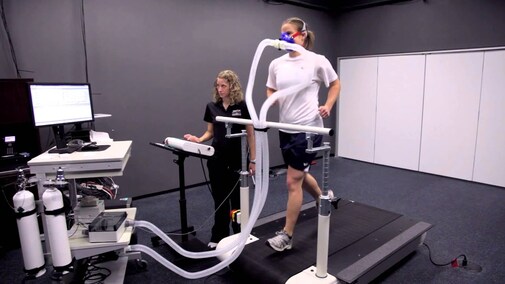
 RSS Feed
RSS Feed